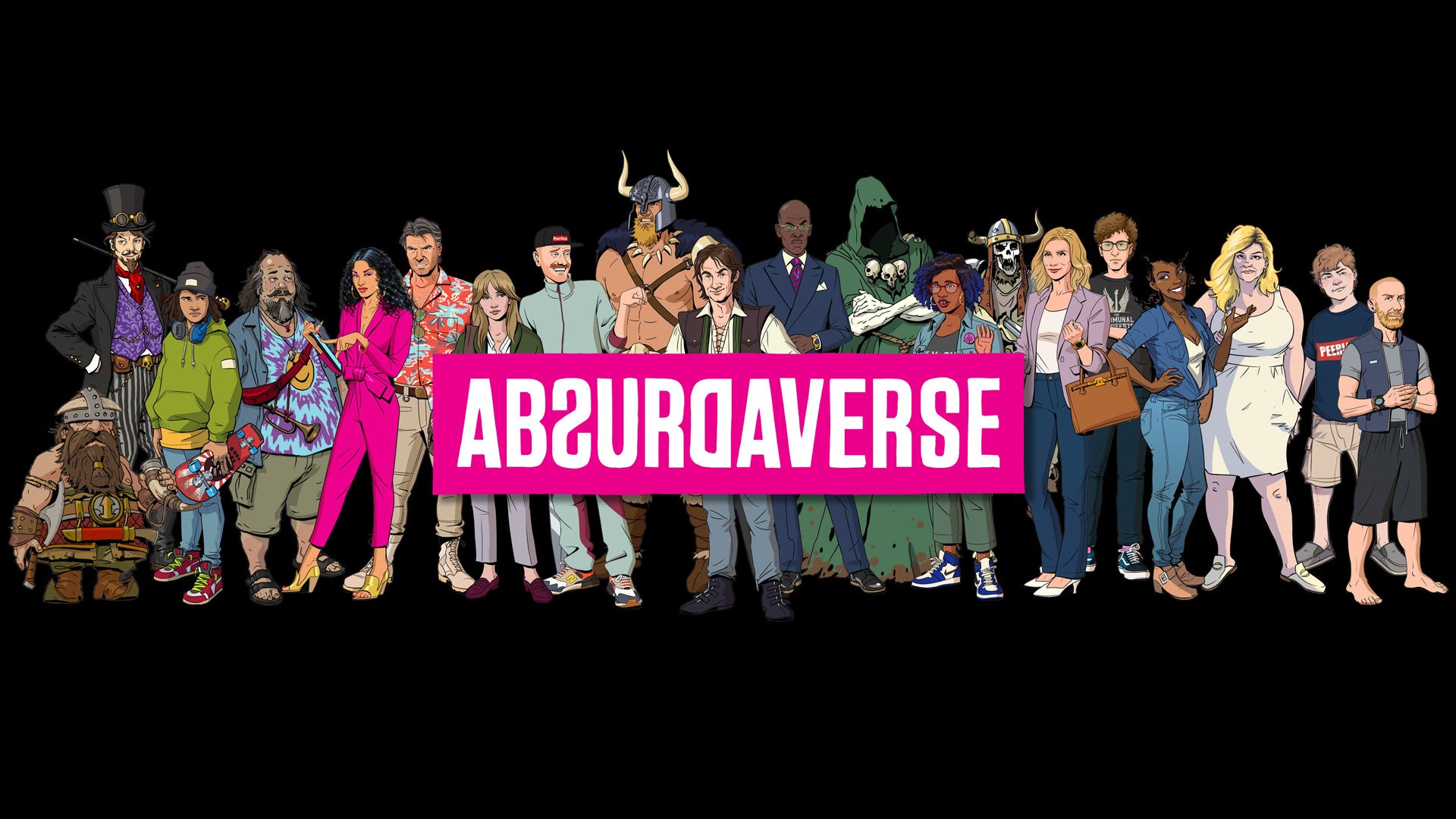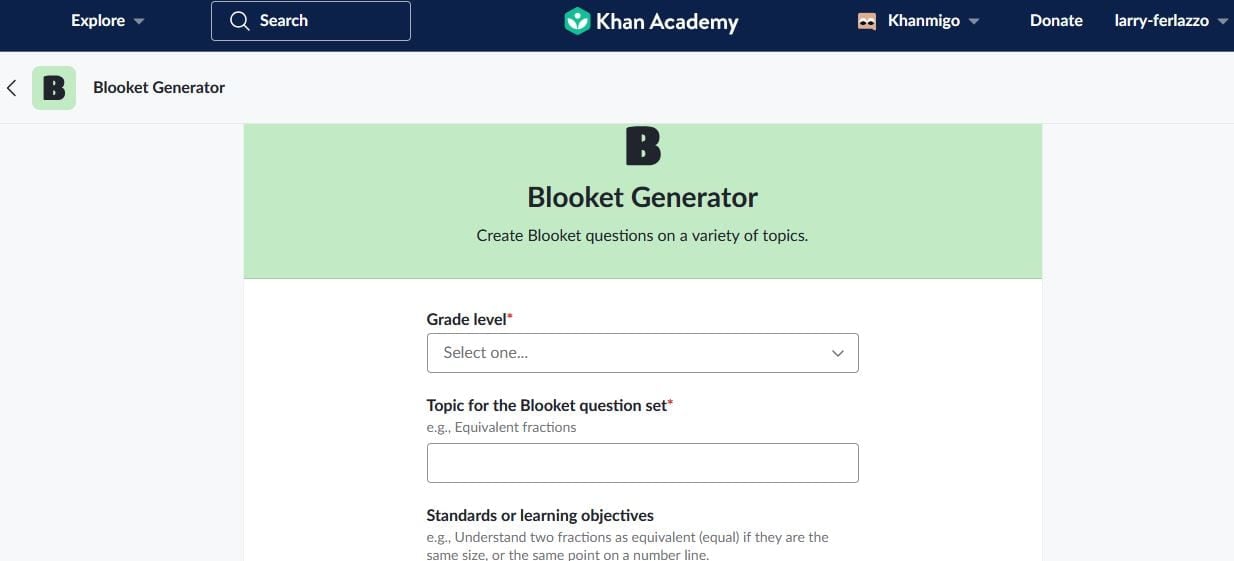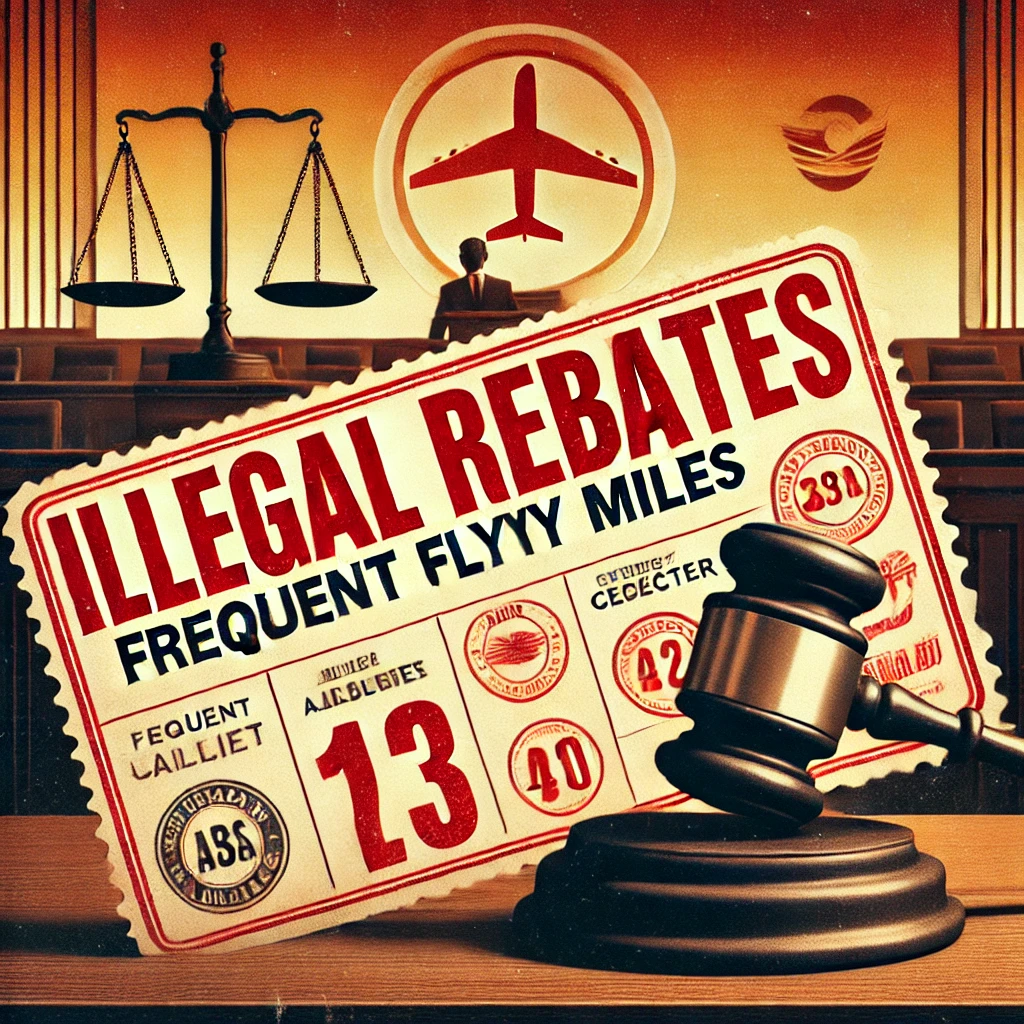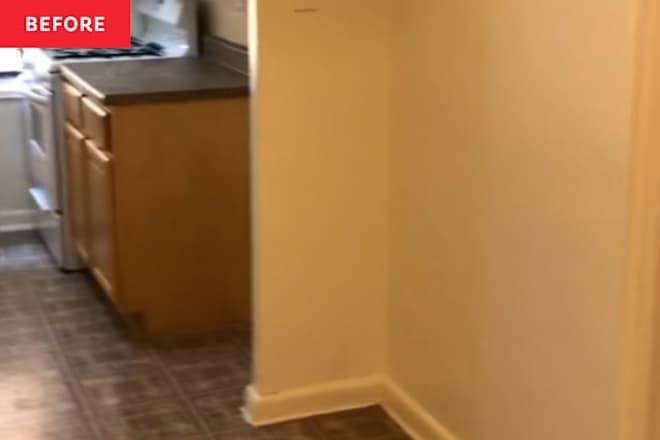25 Best Lower Ab Workouts to Make Your Six-Pack Pop
These 25 lower abs exercises and workout moves improve your core strength and definition. Here’s how to successfully target your lower abs.

Don't let marketing fool you—there's no quick fix to lower body fat percentage and reveal a six-pack. If you want a strong core, you'll need to incorporate a mix of ab workouts, and cardio workouts (think HIIT or Zone 2 on the StairClimber), and stick to a regimented diet plan.
Having a strong core is generally beneficial for stabilizing your low back, improving posture, and reducing the risk of injury. While the lower abs have little to do with gaining a coveted six-pack, that doesn't mean you should skip lower ab workouts altogether. In fact, a methodical lower ab workout targets your deep core to serve as a rock-solid foundation for everyday movement.
Note: Most compound exercises work your core already, although it doesn't hurt to incorporate the best beginner abs exercises to start, then ramp up to more advanced weighted ab exercises. Best of all, you don't need a full gym to work your core; there are plenty of at-home abs workouts that are incredibly effective.
This article was vetted by Pete Williams, CPT.
Related: 50 Best Leg Exercises to Hammer Your Entire Lower Body
Best Lower Ab Workout: 25 Exercises for a Strong Core
Here are 25 of the best lower ab exercises, curated by Sean Hyson, C.S.C.S., to add to your regimen. James Michelfelder & Therese Sommerseth Bicycle crunches engage your core to challenge the rectus abdominis, obliques, and hip flexors.How to Do It James Michelfelder Adding forward motion to a plank puts your abs and glutes into overdrive to stay balanced, while your deltoids (top of the shoulders) get some extra attention, too. How to Do It James Michelfelder This is an excellent exercise to engage your anterior core muscles, including the external and internal obliques, rectus abdominis, and transversus abdominis. It also improves flexibility through your calves.How to Do It James Michelfelder While there's nothing wrong with a weighted crunch, holding a plate on your chest or behind your head can be uncomfortable and awkward. And the stronger you get, the harder it is to add weight without crushing your ribs or straining your neck. Kneeling cable crunches allow you to add weight with the pull of a pin. The constant tension challenges your abs at every point in the exercise's range of motion.How to Do It Getty Images/Photology1971 This doesn't just blast your core; you work your arms, back, and shoulders with the push motion; and gain flexibility through the hips with the hinge pattern of the pike. There's a ton of stabilizing taking place throughout. How to Do It Get into a pushup position with your feet in the TRX straps and tuck your pelvis. While keeping your knees straight, pull your hips as high as you can while dropping your head between your arms. Beth Bischoff Aside from cooking your core, doing leg raises on a dip bar challenges your shoulder and back strength and stability. How to Do It Don't swing your legs to build momentum. You’re working your abs, not practicing gymnastics. Beth Bischoff Flutter kicks help target the lower rectus abdominal muscles, as well as your hip flexors. Because you're moving quickly, it can also get your heart-rate up and serve as low-impact cardio.How to Do It James Michelfelder This is a sneaky core exercise. Because the barbell is racked across your chest, your core is bracing to control and stabilize throughout the entire range of motion.How to Do It Beth Bischoff Leg raises target the upper and lower abdominal muscles, improve overall core strength, and even strengthen the pelvic floor, which is essential for men looking to maximize erections, prevent urinary issues, and even prevent premature ejaculation.How to Do It Beth Bischoff The hanging leg raise primarily targets the lower ab muscles, but also works the hip flexors and stabilizes the lower back.How to Do It Fight momentum and use just your core to lift and lower. Beth Bischoff Your core both powers and stabilizes each phase of this exercise, effectively exhausting your abs.How to Do It Don’t let your hips sag. This keeps the focus on your abs and prevents your lower body from doing too much of the work. Beth Bischoff Because the TRX suspends your legs off the ground, it challenges your lower abs to constantly stabilize as you draw your legs in.How to Do It Beth Bischoff Changing up movement patterns emphasize different muscles. Traditional crunches work your upper abs, while the banded reverse crunch targets the lower abdominals. Plus, the added resistance forces you to work for every rep.How to Do It Don't allow your lower back to arch and lose contact with the floor. Beth Bischoff The V-up is already a challenging core exercise, but adding weight with the medicine ball further strengthens your rectus abdominis and the deeper transversus abdominis. The V-Up keeps you from putting unnecessary torque on your neck and using momentum to complete the crunch.How to Do It Exhale as you lift your legs and crunch, then inhale as you return to the starting position. Beth Bischoff Another way to level up the bodyweight V-up, this two-part Swiss ball exercise forces your abs to contract in both phases, which boosts muscle endurance. How to Do It Exhale as you lift your legs and crunch, then inhale as you return to the starting position. Beth Bischoff Weighted situps light up the entire abdominal region, but this variation primarily hits the rectus abdominis. By keeping your legs straight, you also work the hip flexors. How to Do It Start with a light weight or just the bar to concentrate on form. You’ll move up in weight quickly. Beth Bischoff By widening your stance, you take away the direct line of support of your upper and lower body, putting more of the strain on your abs to stabilize. How to Do It Keep your core engaged, pelvis slightly tucked, and your head in line with your spine. Beth Bischoff Weighted situps strengthen your abdominals more effectively than bodyweight crunches. When you add in a throw, either against a wall or to a partner, your core has the added challenge of bracing and stabilizing to catch then lower and repeat. How to Do It Initiate the movement from the core. Don’t use the momentum of the throw as an excuse for bad form. Beth Bischoff Aside from working core stability, this move also helps with glute activation and ankle mobility.How to Do It Squeeze your glutes to keep pressure on the ball. Beth Bischoff Feet-elevated planks and pushups primarily hit your pecs, but your abs kick in to help stabilize the movement at each stage of this dynamic variation. How to Do It Keep your body in line from head to ankles throughout the movement. Don’t let your midline sag. Beth Bischoff The hanging knee raise is particularly good at targeting the rectus abdominis and external obliques. Adding in a pullup is a great way to add in some additional core, as it further works your rectus abdominis. Your core is constantly counterbalancing from the bottom hang to the pull up. You have to move your legs and hips in front of the bar to clear your head, so you briefly assume a hollow hold before transitioning to the knee raise.How to Do it This should be a slow, continuous motion. Don’t swing; keep the focus on the abs. Beth Bischoff Because you have to balance on a relatively small, unstable surface, your core is consistently counterbalancing as you drive your knees back and forth.How to Do It Keep your hips down for the entire motion. Like a mountain climber working a wall, you use the abs and hip flexors to “climb.” Beth Bischoff The twisting motion of a woodchop works the transverse abdominis and obliques.How to Do It Power this move from your midsection. Your arms are just along for the ride. Beth Bischoff For an exercise that lights up your entire core, it's hard to beat a Swiss ball crunch. It really works the rectus and transverse abdominis.How to Do It This move is all about the detail work. Touch your shoulders, back, and glutes to the ball to stretch your abs on the lower phase. When you rise, roll your hips and chest up, crunching from the top of your torso. James Michelfelder Rollouts build up and strengthen the rectus and transverse abdominis. It's equally as taxing in both the roll out and in.How to Do It Keep your belly button in and shoulders pushed away from the ab wheel.
1. Bicycle Crunch
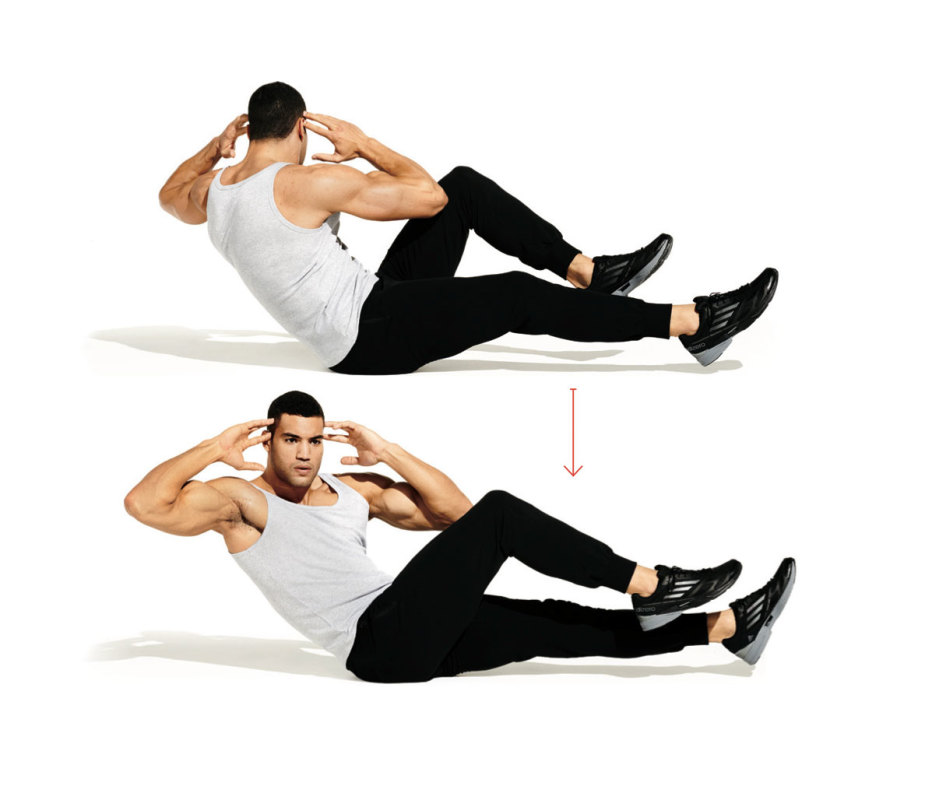
Pro Tips2. Alligator Walk
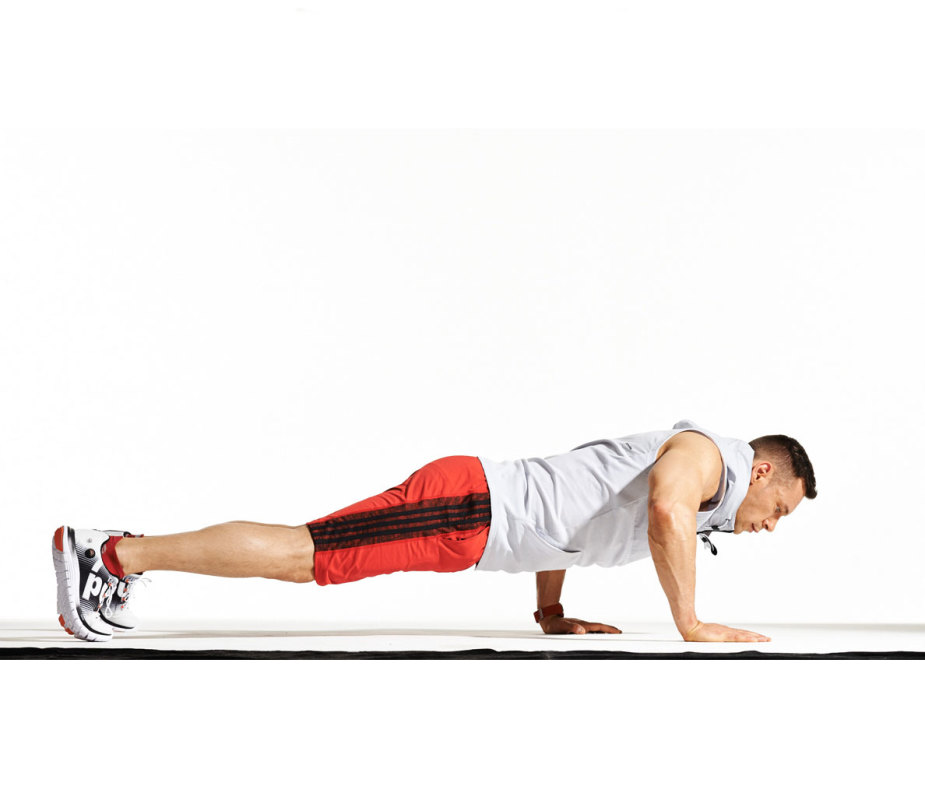
Pro Tips3. Body Saw
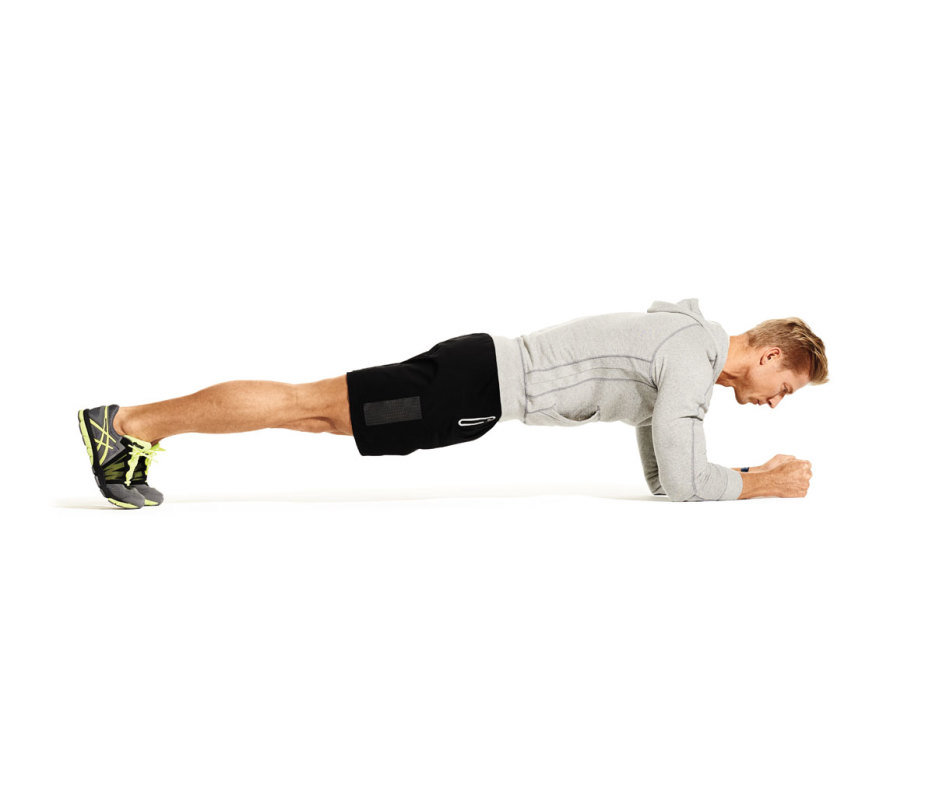
Pro Tips4. Kneeling Cable Crunch
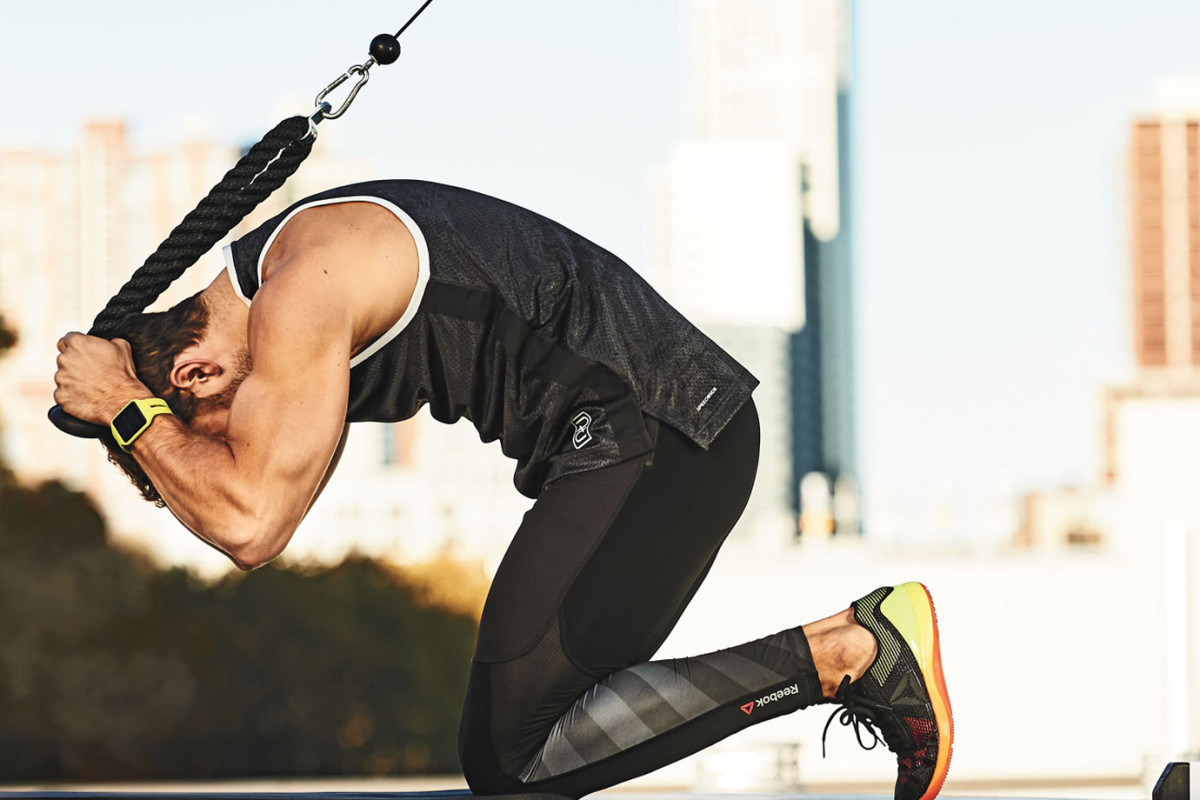
Pro Tips5. TRX Prone Pikes
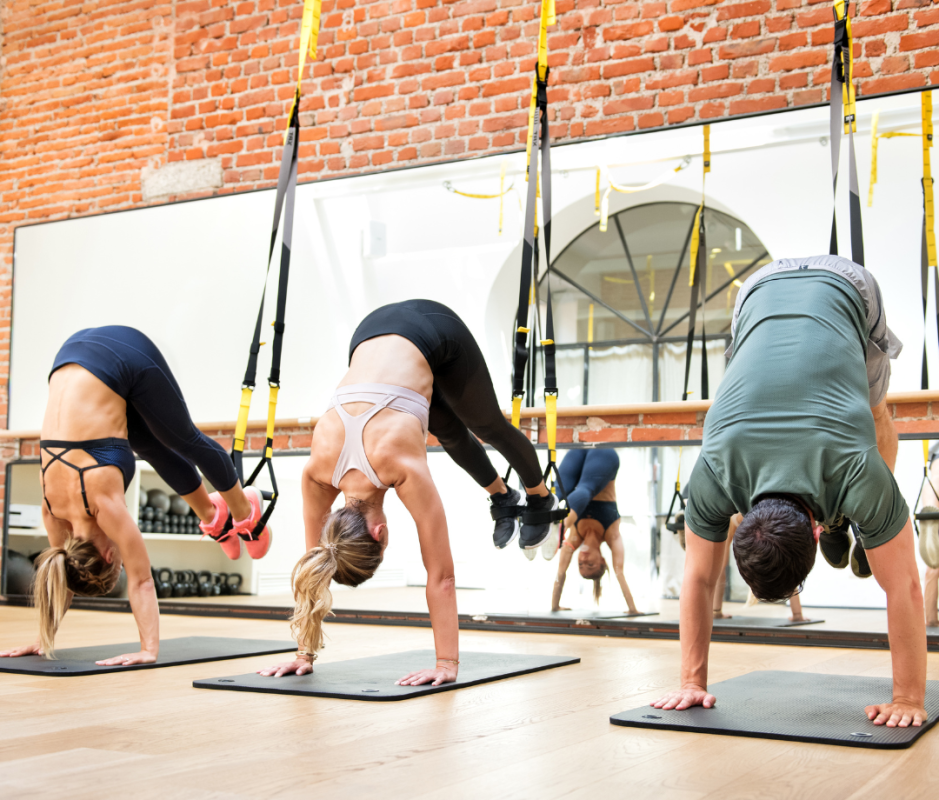
Pro Tips6. Dip Bar Leg Raise
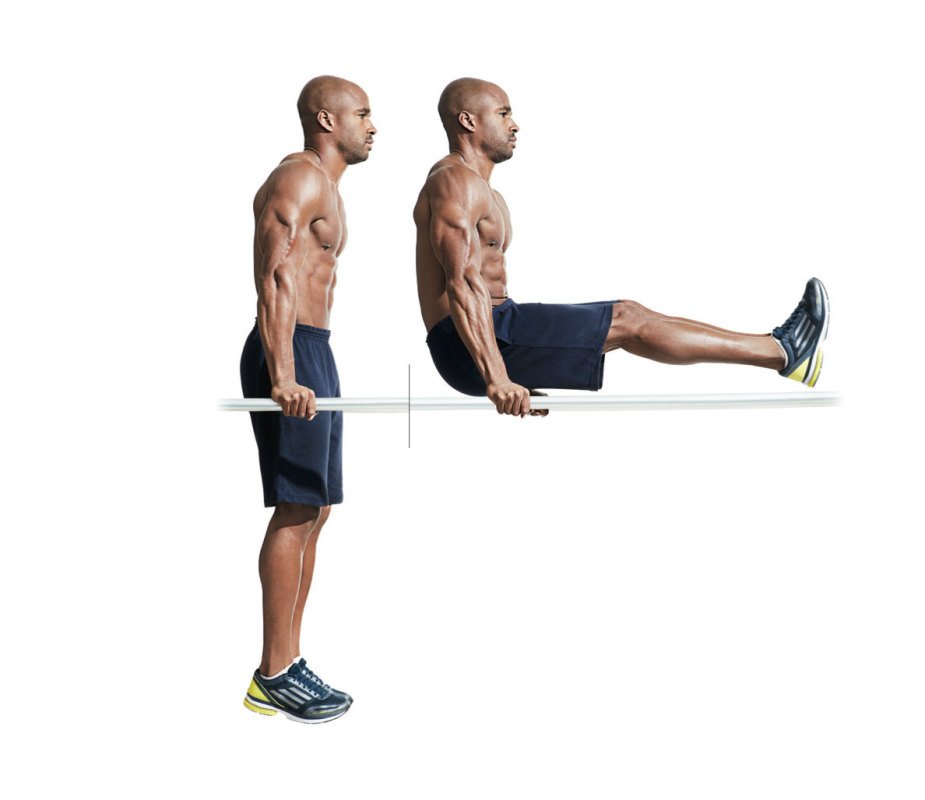
Pro Tips7. Flutter Kick
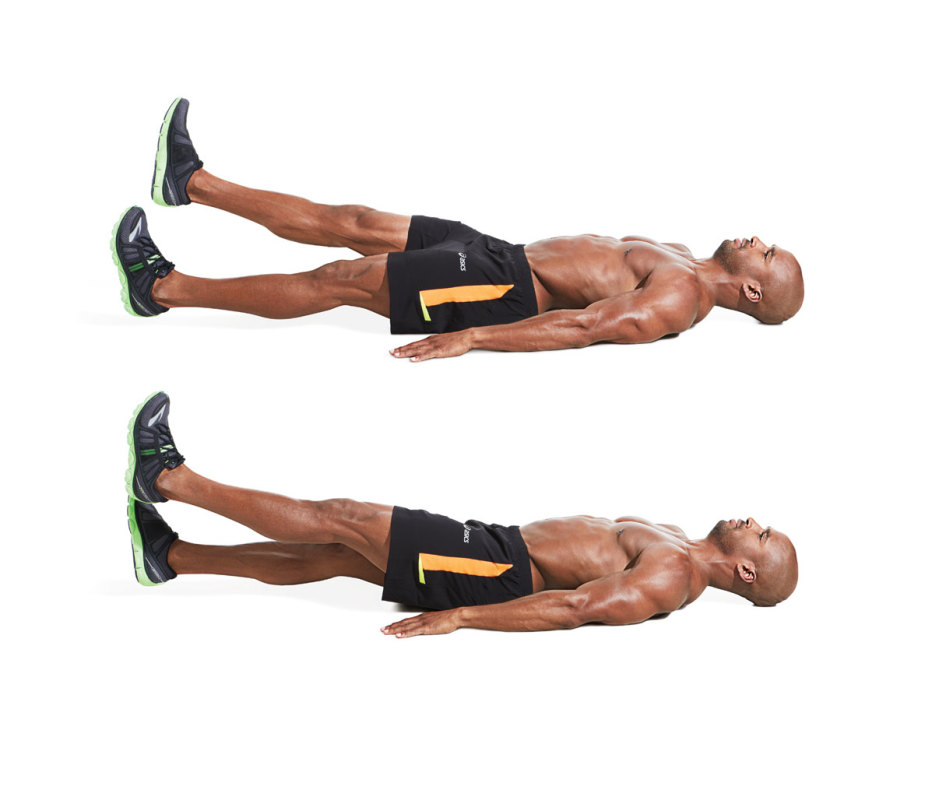
Pro Tips8. Front Squat
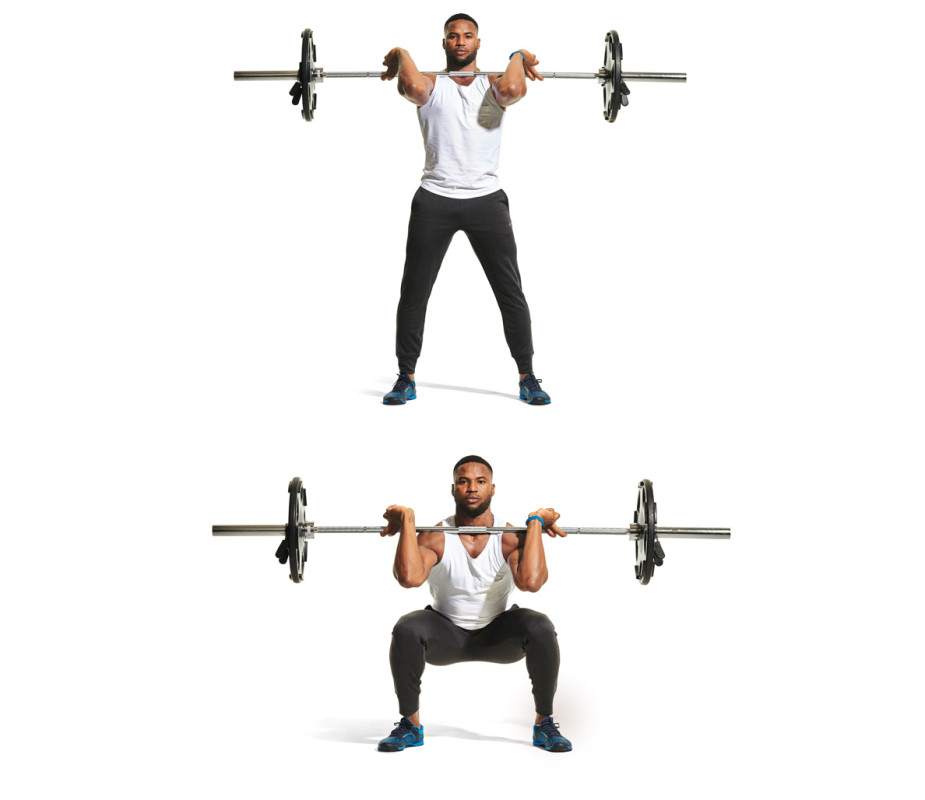
Pro Tips9. Leg Raise
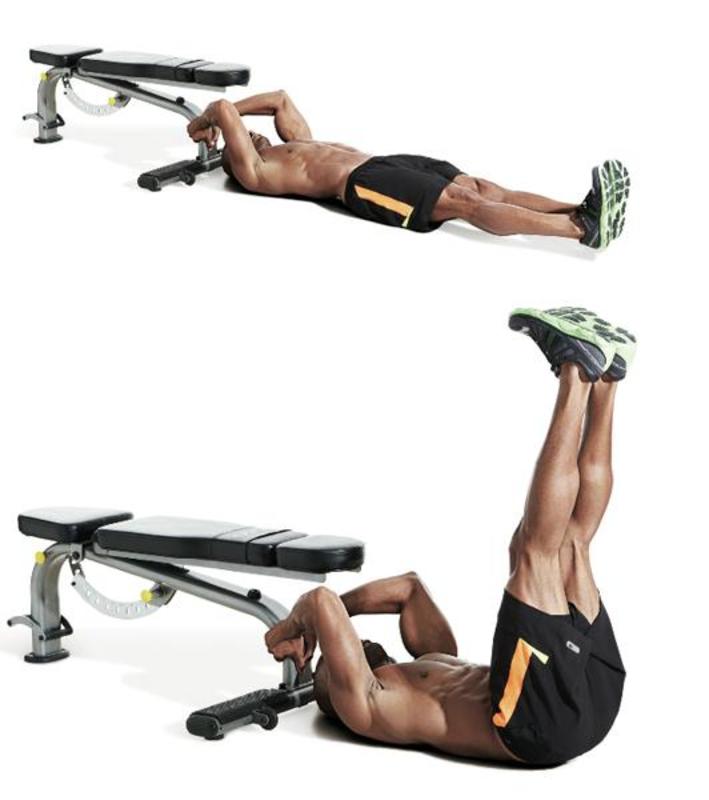
Pro Tips10. Hanging Leg Raise
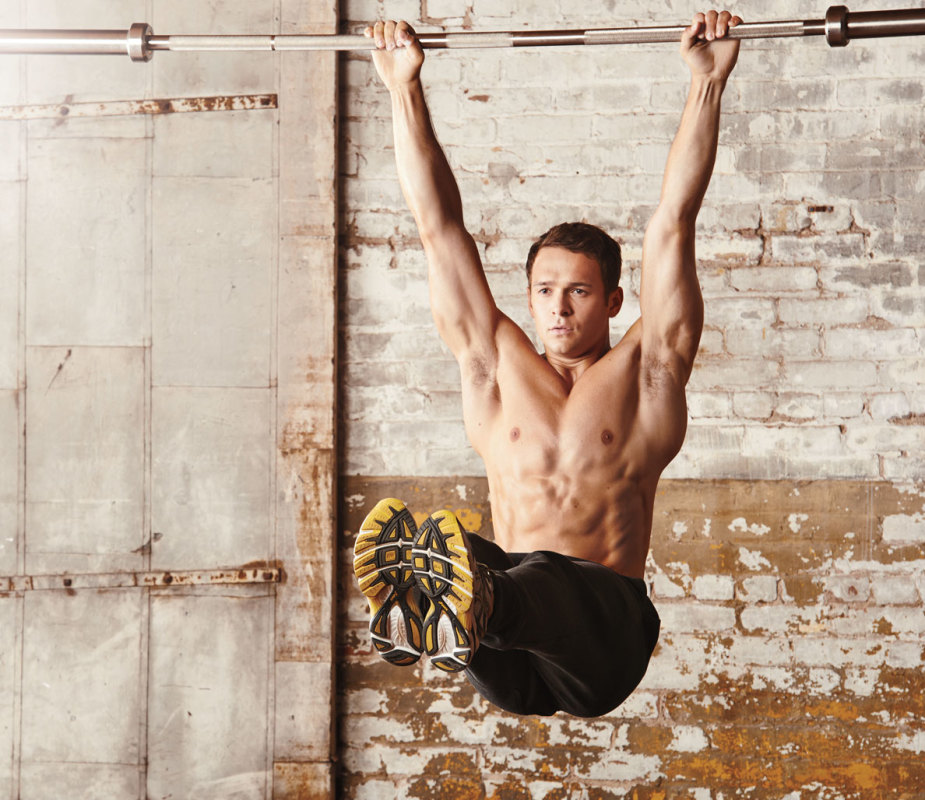
Pro Tip11. Swiss Ball Pike to Superman
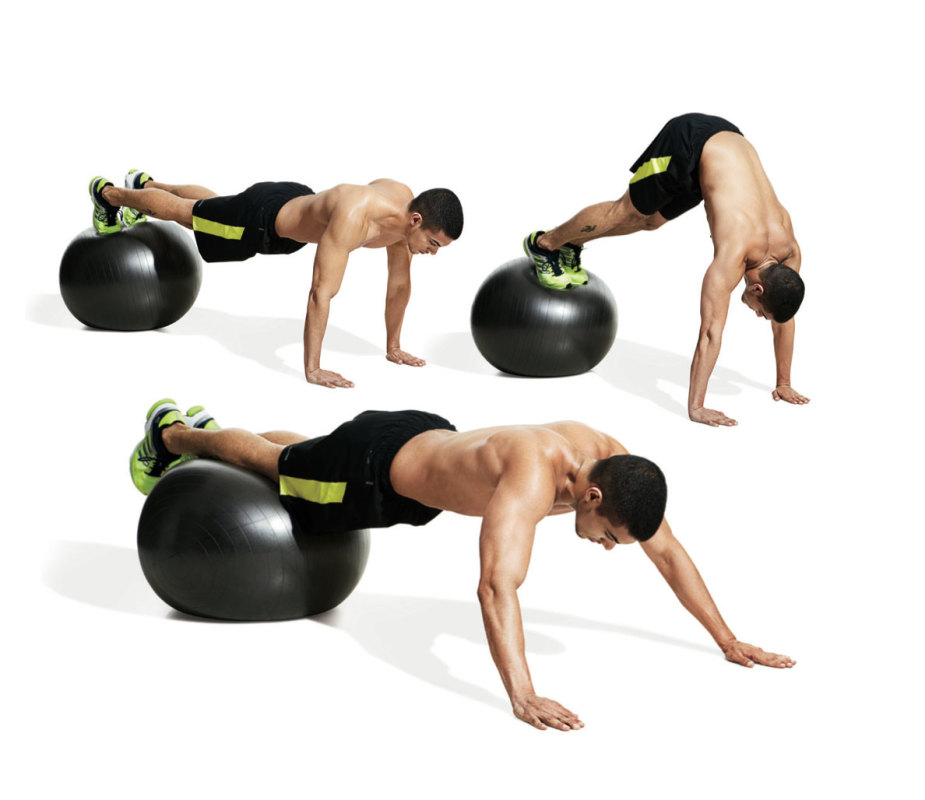
Pro Tip12. TRX Mountain Climber
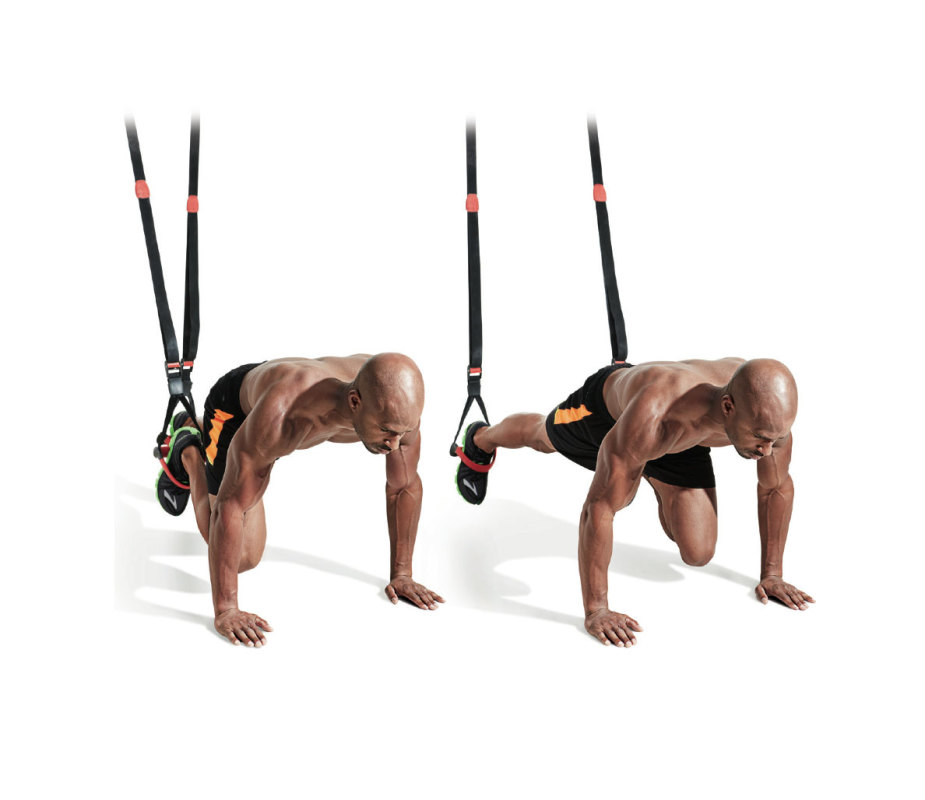
Pro Tip13. Band Reverse Crunch
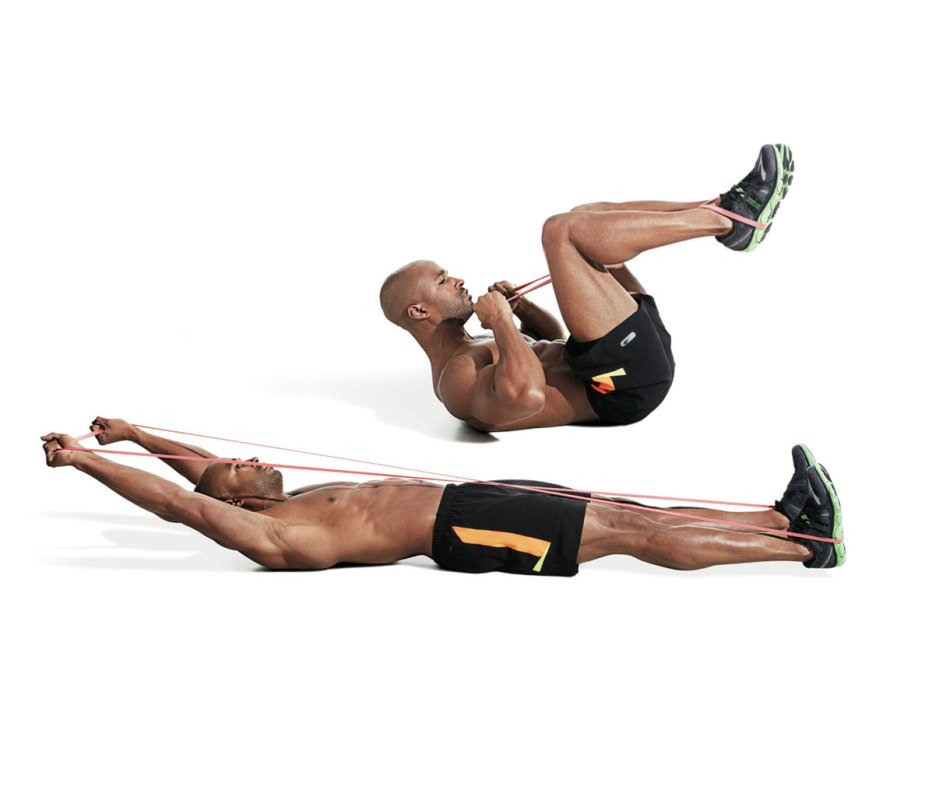
Pro Tip14. Medicine Ball V-Up
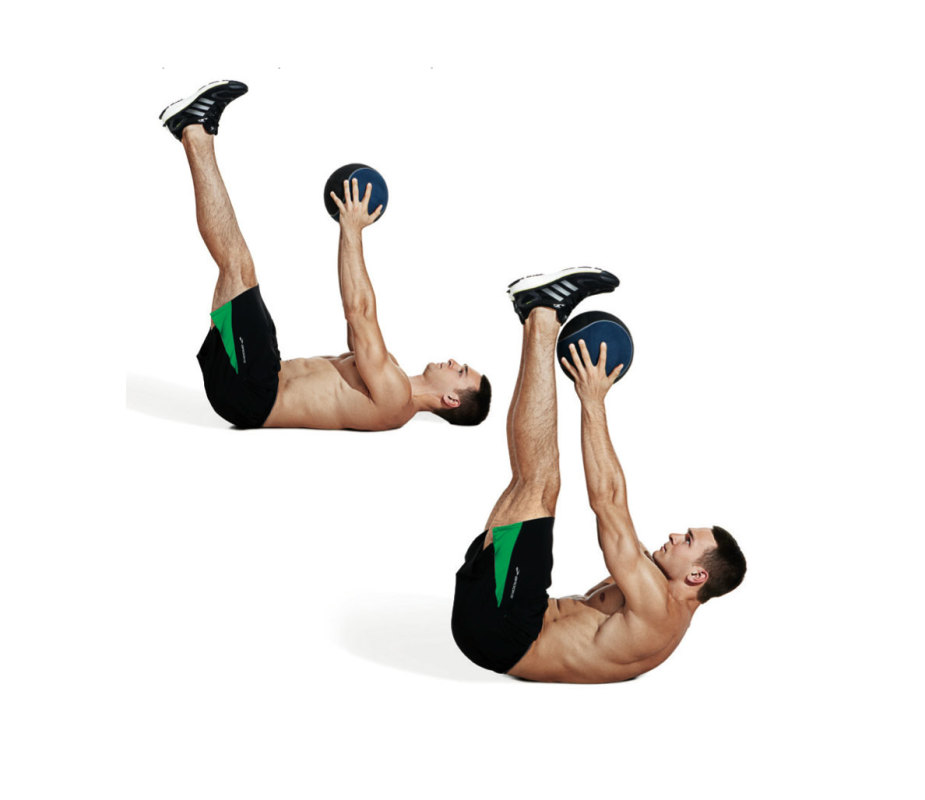
Pro Tip15. Swiss Ball V-Up and Pass
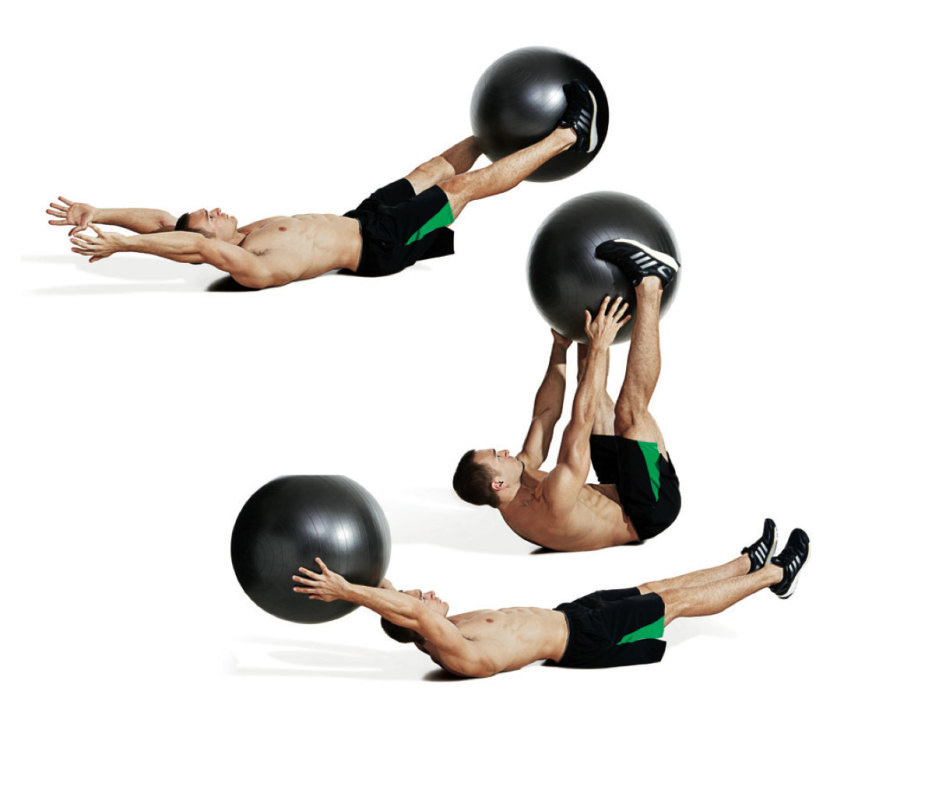
Pro Tip16. Straight-Leg Barbell Situp
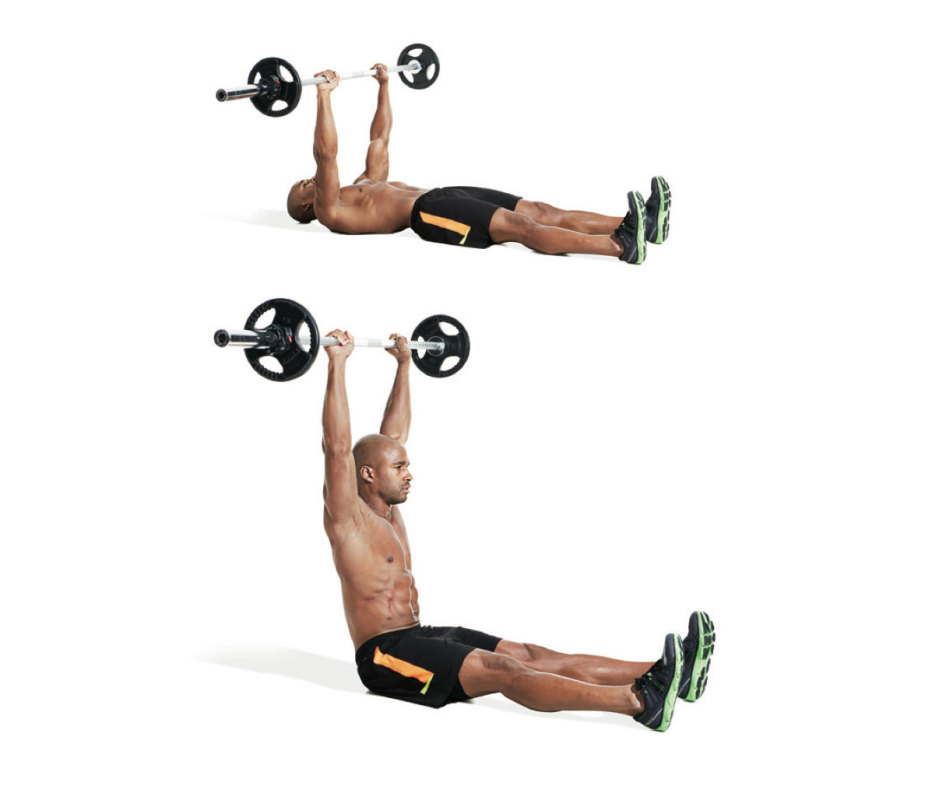
Pro Tip17. Star Plank
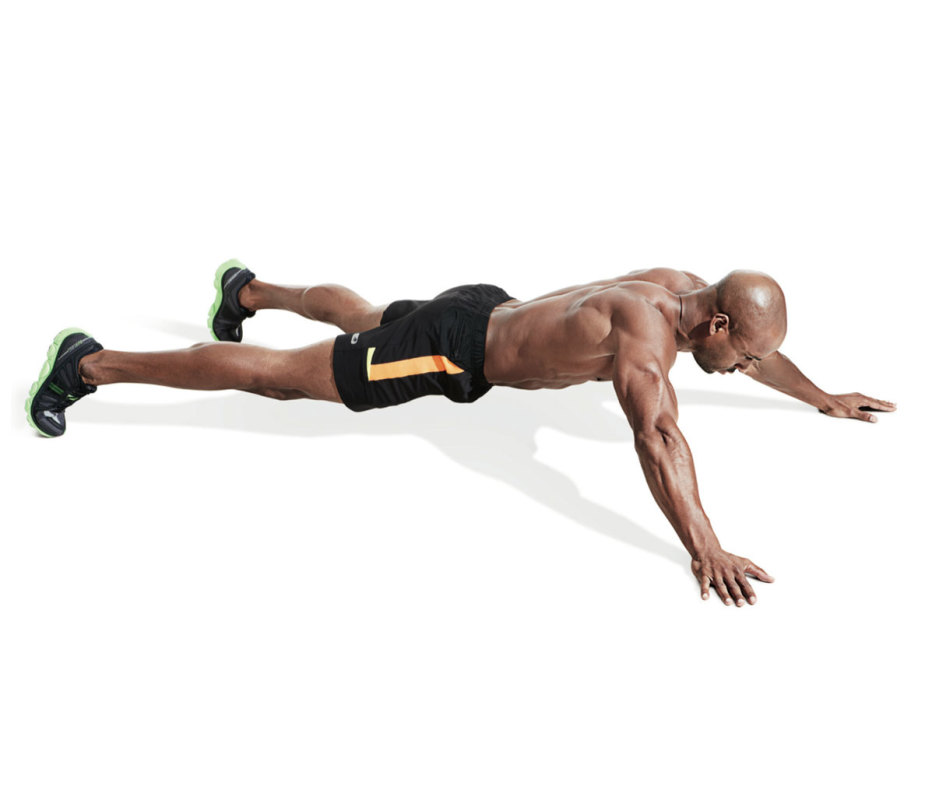
Pro Tip18. Med Ball Situp and Throw
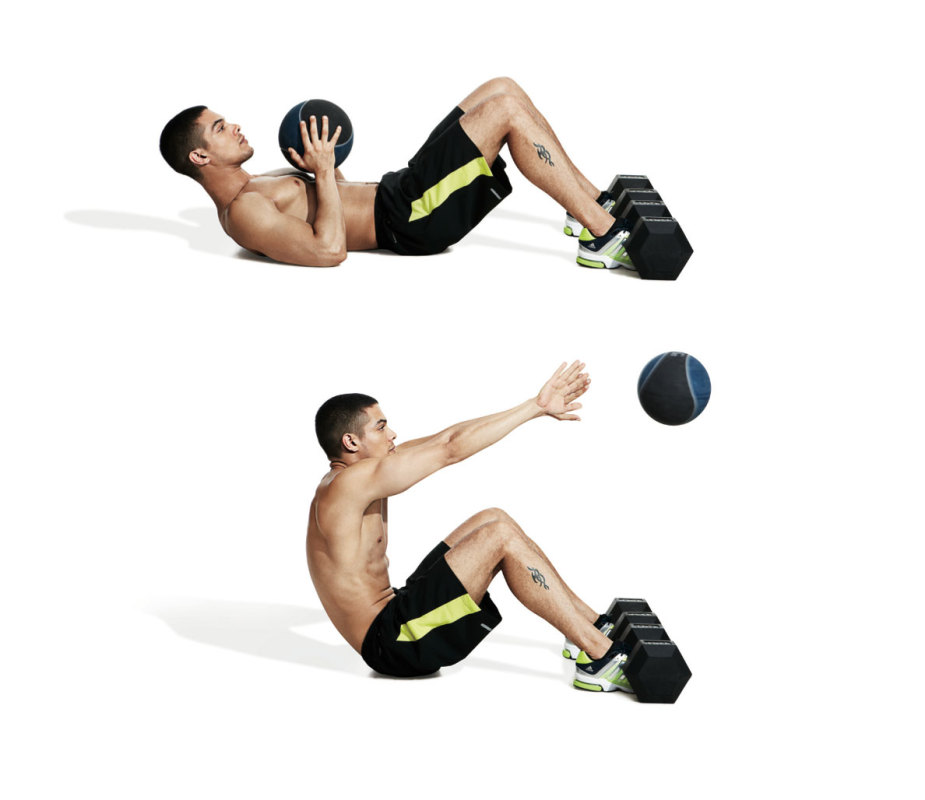
Pro Tip19. Medicine Ball Seated Knee Tuck
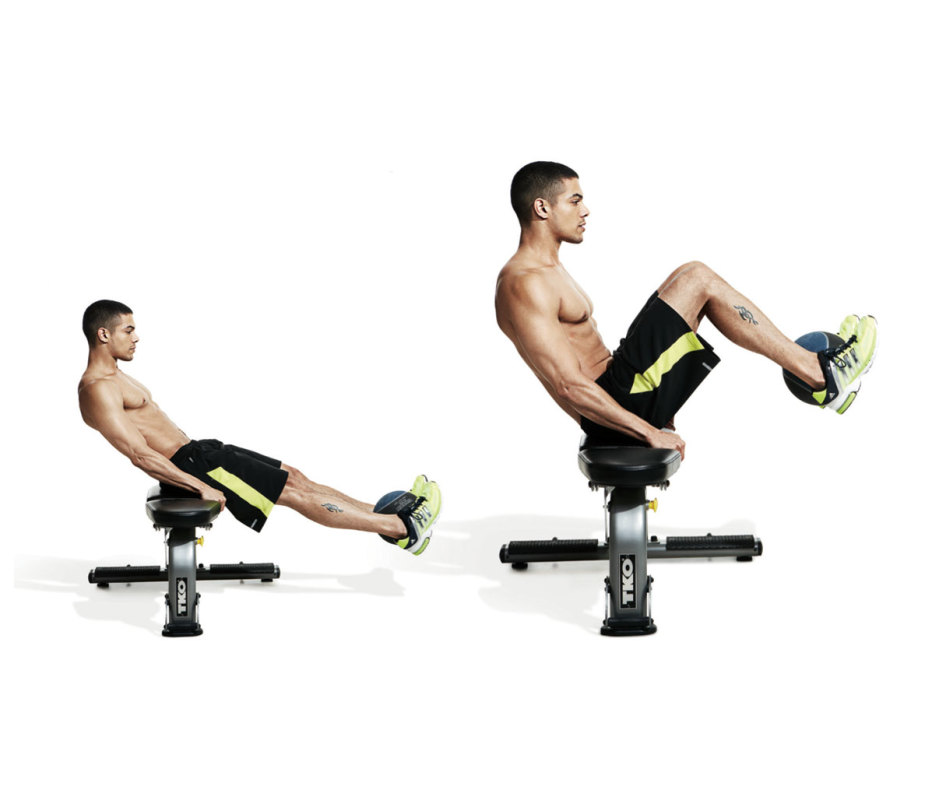
Pro Tip20. Explosive TRX Pushup
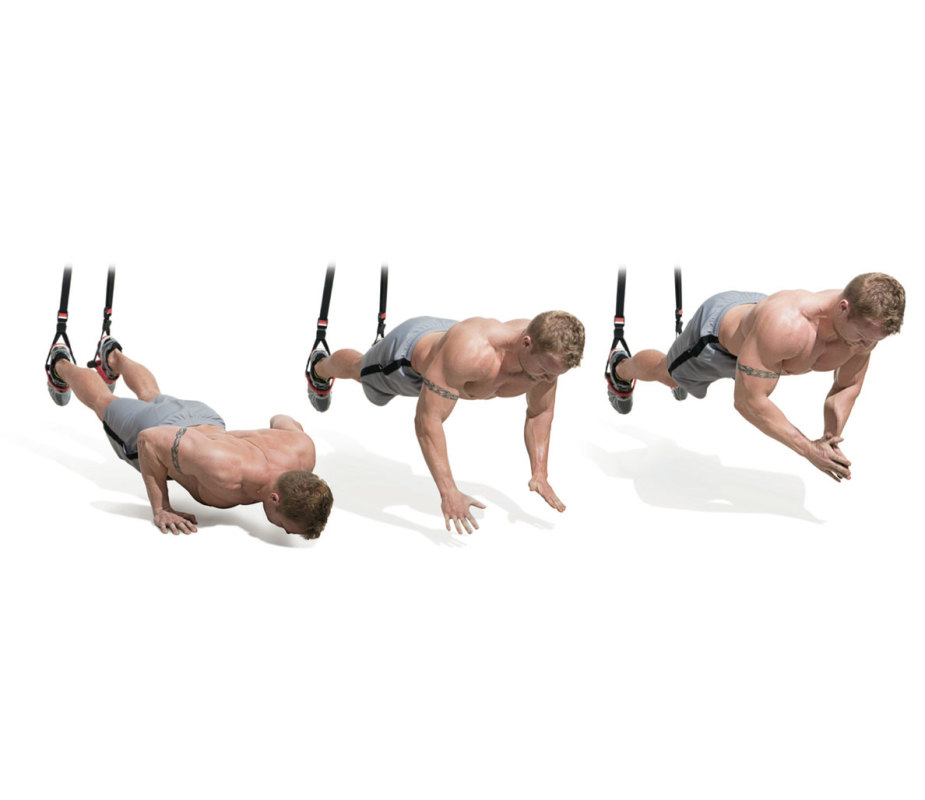
Pro Tip21. Pullup to Knee Raise
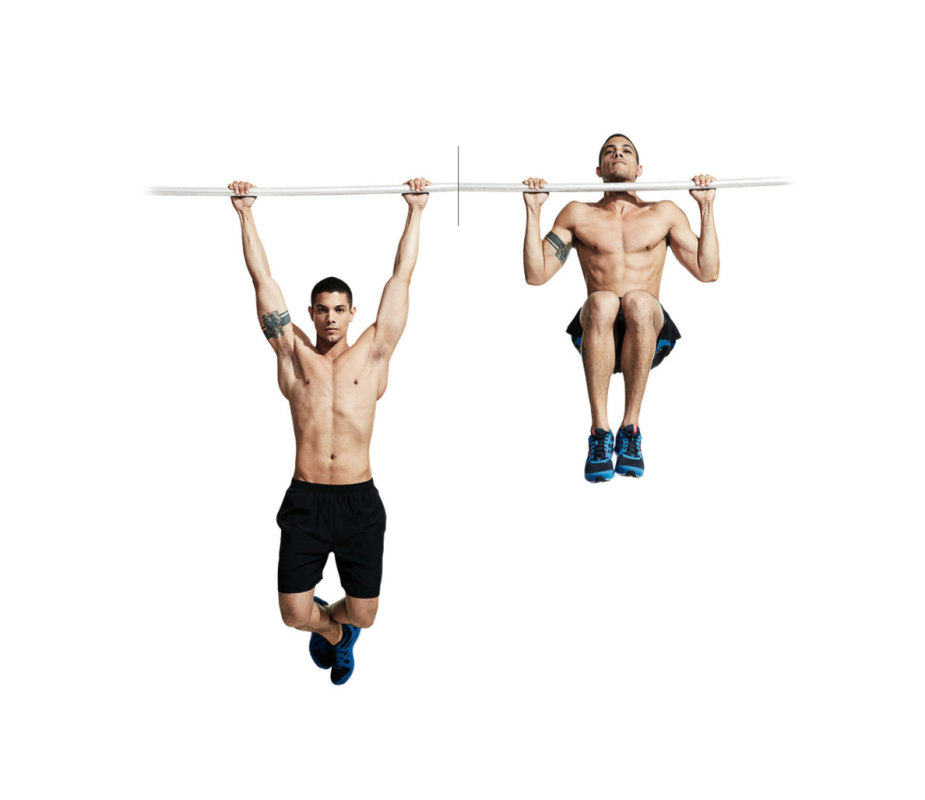
Pro Tip22. Medicine Ball Mountain Climber
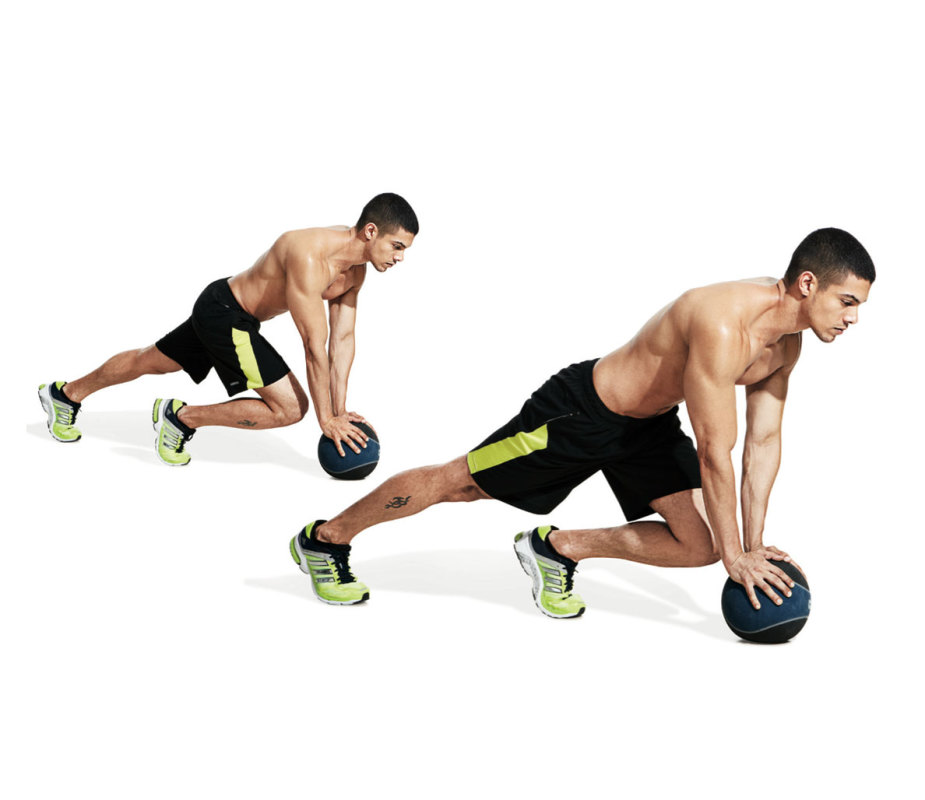
Pro Tip23. Horizontal Cable Woodchop
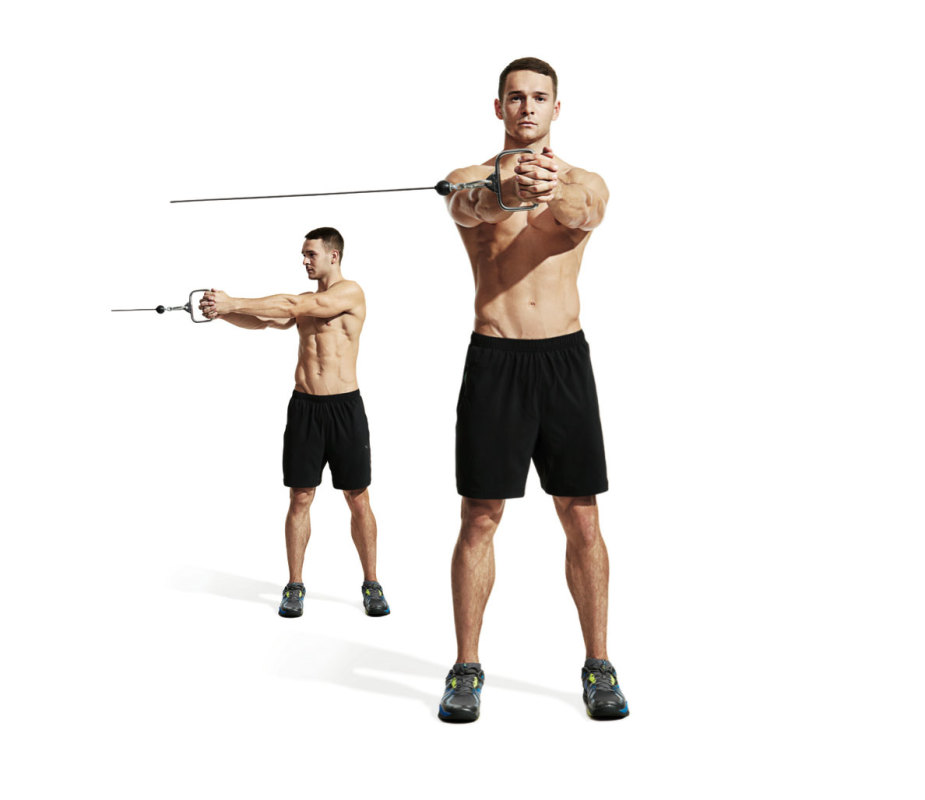
Pro Tip24. Swiss Ball Crunch
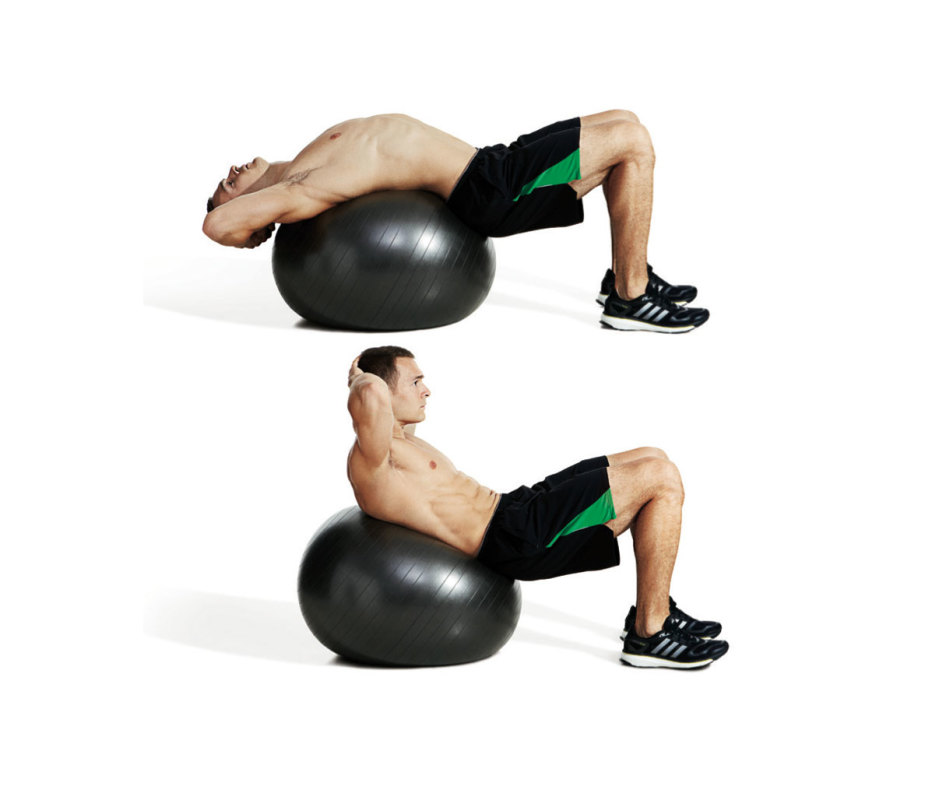
Pro Tip25. Ab Wheel Roll Out
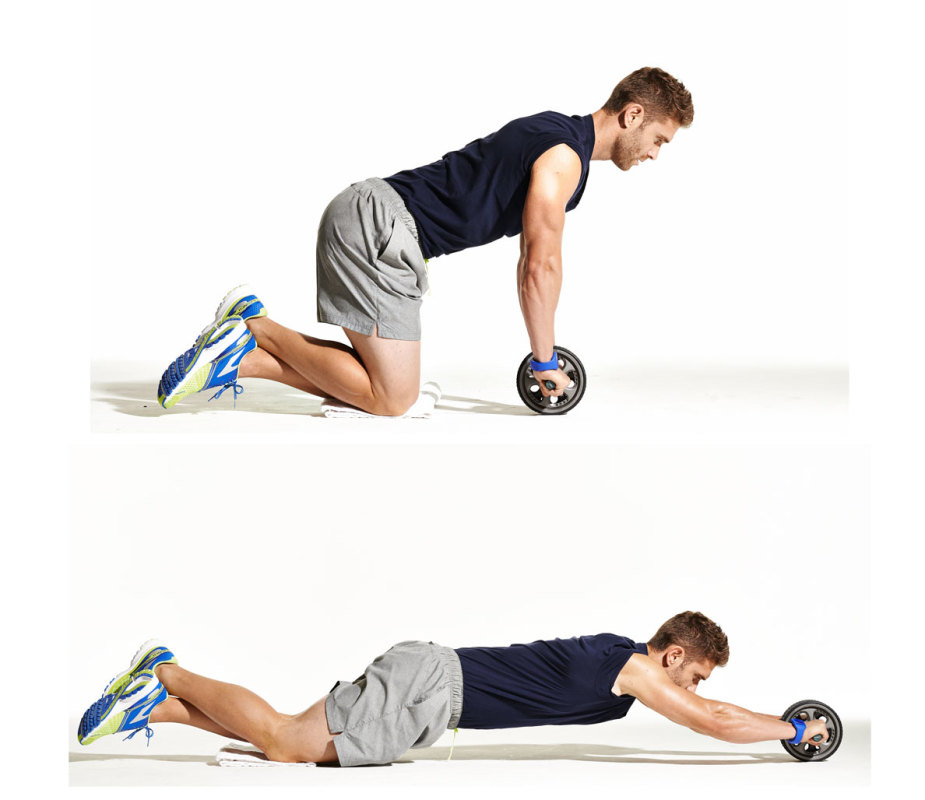
Pro Tip
What Are the Lower Abs?
The lower abs play a crucial role in all movements. They anchor posture, stabilize the back, and tie into the pelvic floor.
First, a quick physiology lesson: The lower abdominals are a part of core strength, but a washboard is more a byproduct of building core strength than a sign of it. The key to building core strength is activating a remarkable muscle called the transverse abdominus. Think of the “TA” as nature’s weight belt or the point guard of the lower abs. It originates from the lower spine, wraps around, and attaches to the ribs, abdominals, and pelvis. When we draw the belly button in toward the spine and up toward the ribs, as we often do in many movements, we’re essentially tightening a belt, ensuring the protection of the pelvis and lower back.
Your rectus abdominis is one long muscle that includes both your "upper" and "lower" abs. So, technically, there are no exercises that explicitly isolate either half individually (even though you may feel the burn more so in one area than another). Still, there are things you can do to really make those lower abs pop, says Don Saladino, C.P.T. Marius Bugge
Safety Considerations When Working Lower Abs
Whenever movement begins, the TA is the first muscle that fires—or, at least, should be. Many guys lose that ability over time due to injuries or sedentary lifestyles. We spend so much time in front of screens that we develop bad posture. Injuries are a result and exacerbate the problem further.
When performing the following lower ab exercises correctly, you should feel your muscles engaged at the pelvic floor area—right behind your pubic bone—targeting your lower abs, glutes, hip flexors, and pelvic floor muscles.
Make it a point to activate your transverse abdominus throughout the day by slowly pulling the belly button away from your belt buckle or waistband. Think not about sucking in the gut or holding your breath as if about to take a punch, but instead slowly moving the belly button back and forth. You can do this while stuck in traffic, in a meeting, or taking a break during work—then eventually in your lower ab workout.
Related: 30 Best Hamstring Exercises to Seriously Sculpt Your Legs
How to Get Lower Abs to Pop?
How to get abs rule No.1: Dial in your diet. Remember that training your core muscles alone simply isn’t enough—you need to have discipline in the kitchen, too, to make your lower abs show. (Here are the best foods to expose your six-pack.)
Second, switching up your routine by shocking your core with new lower ab exercises will help eliminate your love handles and define those elusive V lines.
Can I Do Lower Abs Every Day?
You can do a lower ab workout daily, whether in the gym or not. Since that TA is firing at the start of all movement, you want to ensure it’s fully activated. If you do that, you’ll have no problem initiating the following movements from your abs, not by craning your neck, swinging your arms and legs, or any of the other measures guys take that defeat the purpose of these moves, and might cause injury, too.
A Note on Workout Equipment for Lower Abs
Countless ab devices have been marketed for washboard abs, but you don’t need anything more than can be found in a typical gym for a lower ab workout. You want to work in lower ab exercises that attack your rectus abdominis and obliques simultaneously for good measure (that V-line is where these two muscles meet). Incorporate medicine and Swiss balls, suspension trainers, cable machines, and free weights.

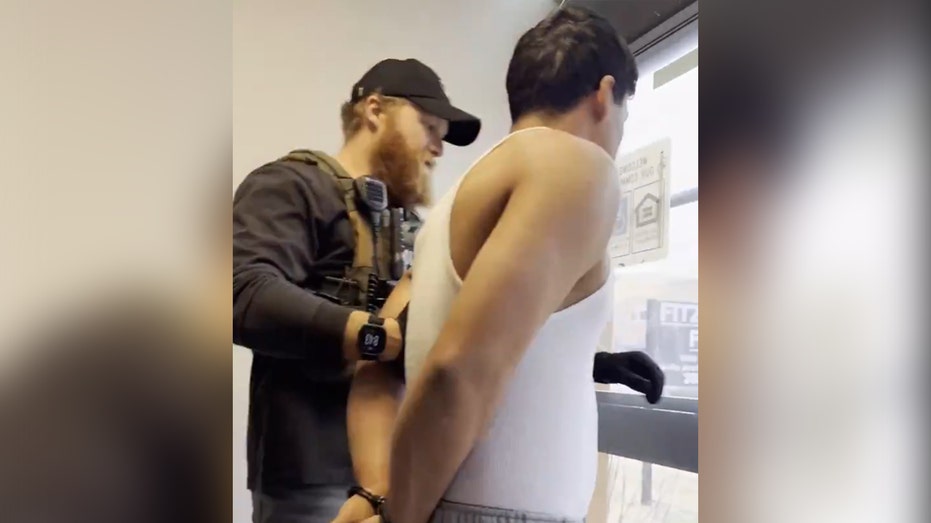
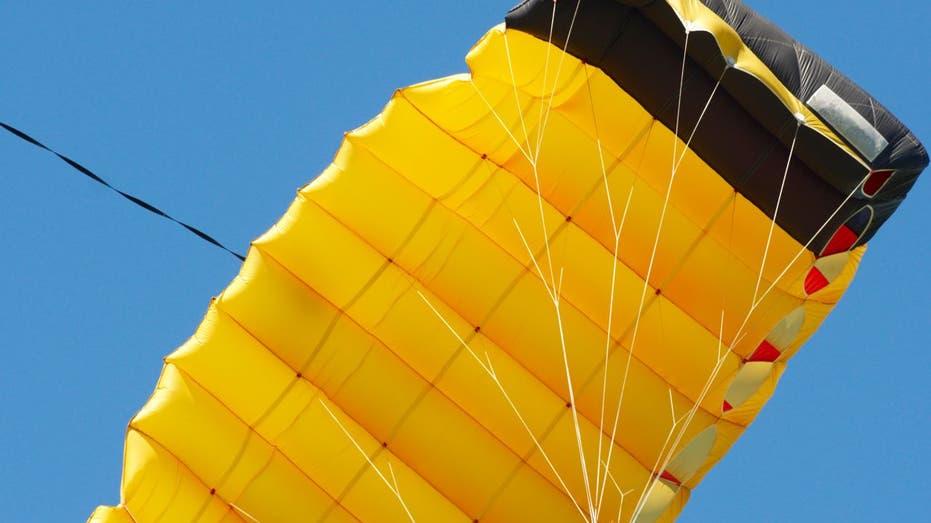






![[DEALS] iScanner App: Lifetime Subscription (79% off) & Other Deals Up To 98% Off – Offers End Soon!](https://www.javacodegeeks.com/wp-content/uploads/2012/12/jcg-logo.jpg)












